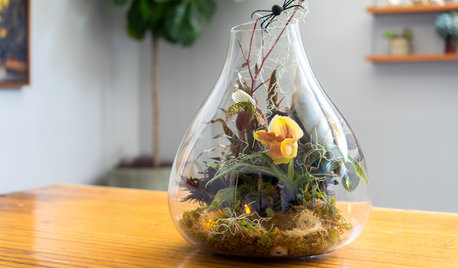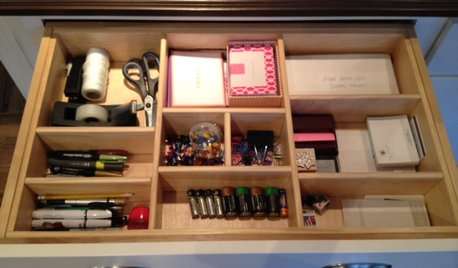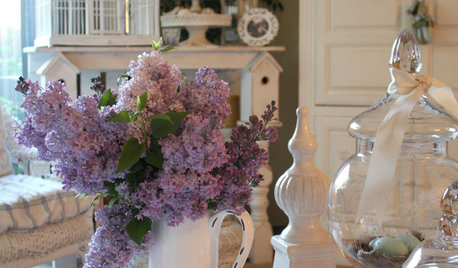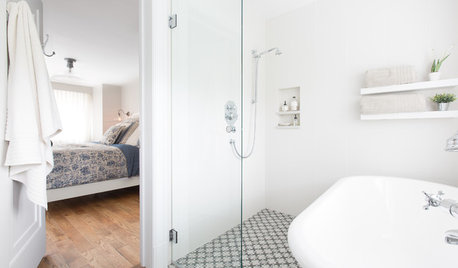Venus flytrap Hardness??
treeguy123
17 years ago
Related Stories

DIY PROJECTSHouzz DIY: Halloween Terrarium
Orchids, spooky foliage and carnivorous plants combine in this seasonal, easy-to-assemble terrarium decoration
Full Story
HOUSEKEEPINGGet It Done: Whip That Junk Drawer Into Shape
If the jumbled mess in your catch-all drawer inspires only dread, this quick organizing project is just the sort you need
Full Story
DECORATING GUIDESSo Your Style Is: Romantic
Sweet but not saccharine, romantic design style celebrates the idealistic side of life. Find out if it's the look that makes you swoon
Full Story
MOST POPULARHow to Get Rid of Those Pesky Summer Fruit Flies
Learn what fruit flies are, how to prevent them and how to get rid of them in your home
Full Story
TASTEMAKERSA Designer Edits — and Adds — for Dramatic Effect
Interior designer Nancy Braithwaite’s new book shows how it’s possible to edit rooms of all styles to create their best look
Full Story
EVENTSTile Goes High Tech at Italy's Big Expo
Cutting-edge methods are creating tile looks from handmade to avant-garde, as seen as CERSAIE 2013
Full Story
BATHROOM DESIGNSweet Retreats: The Latest Looks for the Bath
You asked for it; you got it: Here’s how designers are incorporating the latest looks into smaller master-bath designs
Full Story
GARDENING AND LANDSCAPINGPorch Life: Banish the Bugs
Don't let insects be the bane of your sweet tea and swing time. These screening and product ideas will help keep bugs at bay on the porch
Full Story
HOME TECHIs the Timing Finally Right for Framed Digital Art?
Several companies are preparing to release digital screens and apps that let you stream artworks and video on your wall
Full Story
CONTEMPORARY HOMESRoom of the Day: Parisian Pop Lifts a San Francisco Living Room
Turning bedsheets into curtains and drawing on the furniture with a pen are a couple of the decorating tricks used in this living room
Full StorySponsored






petiolaris
treeguy123Original Author
Related Professionals
Harrison Landscape Architects & Landscape Designers · Hartford Landscape Contractors · Jackson Landscape Contractors · Aberdeen Landscape Contractors · Cliffside Park Landscape Contractors · Darien Landscape Contractors · Emmaus Landscape Contractors · Lehigh Acres Landscape Contractors · Oviedo Landscape Contractors · Salmon Creek Landscape Contractors · Camp Springs Landscape Contractors · Shenandoah Landscape Contractors · San Dimas Swimming Pool Builders · West Puente Valley Swimming Pool Builders · Randolph Swimming Pool Builderssal_mando
bugman
kwoods
florida_guy_26